In Greece, the island of Euboea is home to one of the country's last multi-centenary chestnut groves. Part of the Natura 2000 network, the Kastanologos forest on Mount Ochi is in a critical state. With chestnut trees estimated to be between 200 and 450 years old, the forest is ageing without renewing itself due to the impact of climate change and overgrazing by livestock, which consumes the young shoots. A scientific research and natural regeneration project for the Kastanologos chestnut grove has therefore been set up by Reforest'Action in 2022, in partnership with the Forest Research Institute of Thessaloniki. The project, which aims to support the regeneration of 37,500 trees over 25 hectares by 2027, will also advance research into the restoration and conservation of other European chestnut groves, while supporting the sustainable development of traditional livestock farming.
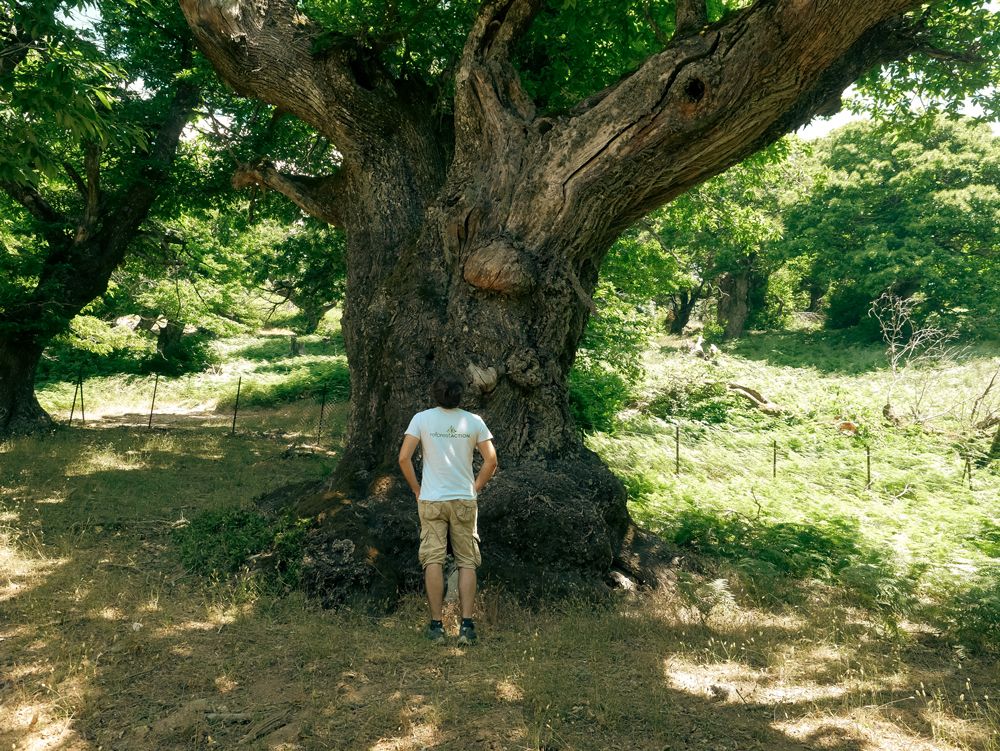
Europe's chestnut groves: forests on the verge of extinction
Chestnut trees in the Mediterranean region
Native to the Mediterranean, chestnut (Castanea sativa) was at first highly prized by forest owners, before being abandoned in the 1970s. In the 20th century, the management system for chestnut forests was mainly based on short rotations of 12 to 30 years. The wood harvested was used to make poles for agriculture and power lines, as well as for heating. But traditional chestnut wood products suffered from competition from synthetic materials from the 1970s onwards. As a result, many chestnut forests were abandoned by their owners or by local authorities, due to a lack of economic outlets.
Today, in Mediterranean Europe, chestnut groves often remain in a state of abandonment. Overgrown with vegetation and faced with climate change, they struggle to regenerate. However, chestnut wood is still appreciated for its technical and aesthetic properties in the crafts, woodworking and interior design sectors. Chestnut groves are also invaluable reservoirs for flora and fauna, and, when properly maintained, offer a higher level of biodiversity than closed forests. The implementation of silvicultural methods compatible with the principles of sustainable management could thus make it possible to restore the ecosystem services of these forests and contribute to the production of high-value wood, while supporting the social, cultural and economic development of European agricultural and mountain areas.
Kastanologos: a Greek chestnut grove in critical condition
In Greece, the island of Euboea is home to one of the country's last multi-century chestnut groves. Part of the Natura 2000 network, the public forest of Kastanologos, on Mount Ochi, is remarkable for its rich floral biodiversity, and is home to rare and endangered species, some of which are endemic, such as Allium Orestis, Viola euboea, Centaurea raphanina and Crepis hellenica.
Yet this chestnut grove is in a critical state: with a surface area of 61.95 hectares, it has lost half its cover over the last 60 years. Overgrazing by livestock, mainly goats and sheep, has prevented any natural regeneration of the trees, with seed reserves and young shoots being systematically consumed by wildlife. With chestnut trees estimated to be between 200 and 450 years old, the forest is aging without renewing itself, with numerous dead branches and standing dead trees. In addition, climate change, which leads to heat peaks, increasingly long periods of drought and sometimes even major forest fires on the island of Euboea, is combined with fungal infestations. These factors are leading not only to the decline of the Kastanologos forest, but also to the gradual extinction of chestnut trees throughout the region.
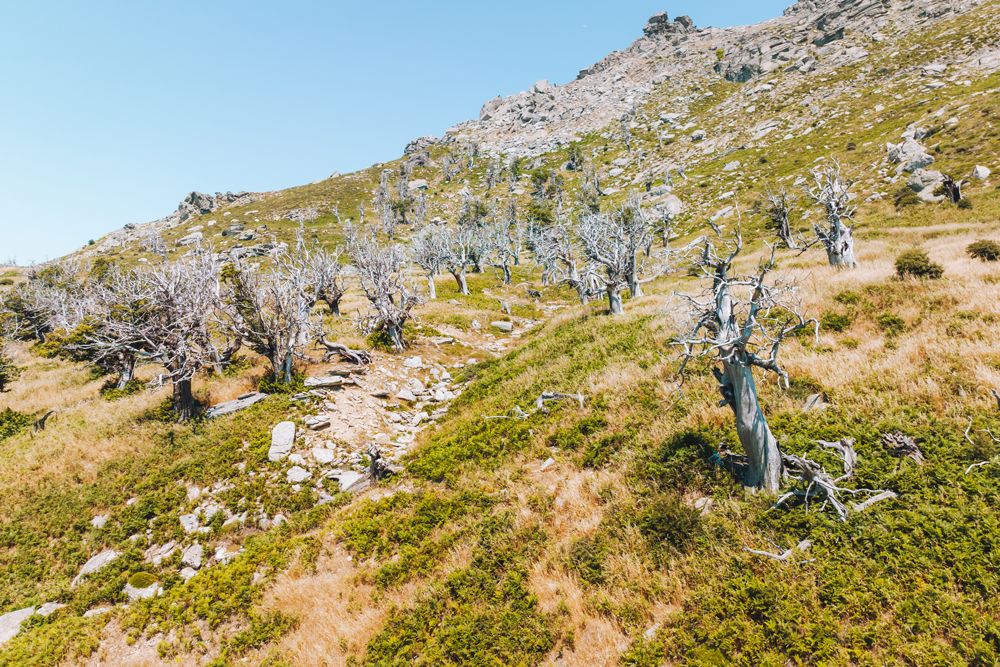
In order to remedy the damage caused by overgrazing, fences have been installed over the past few years in certain areas of Kastanologos to study the consequences of excluding livestock on the natural regeneration of chestnut trees. Thanks to these initial protective measures, seedlings have already been observed, originating from seeds that have fallen to the ground. Encouraged by these initial results, a scientific research and natural regeneration project for the Kastanologos chestnut grove has been set up by Reforest'Action in 2022, in partnership with the Forestry Research Institute of Thessaloniki.
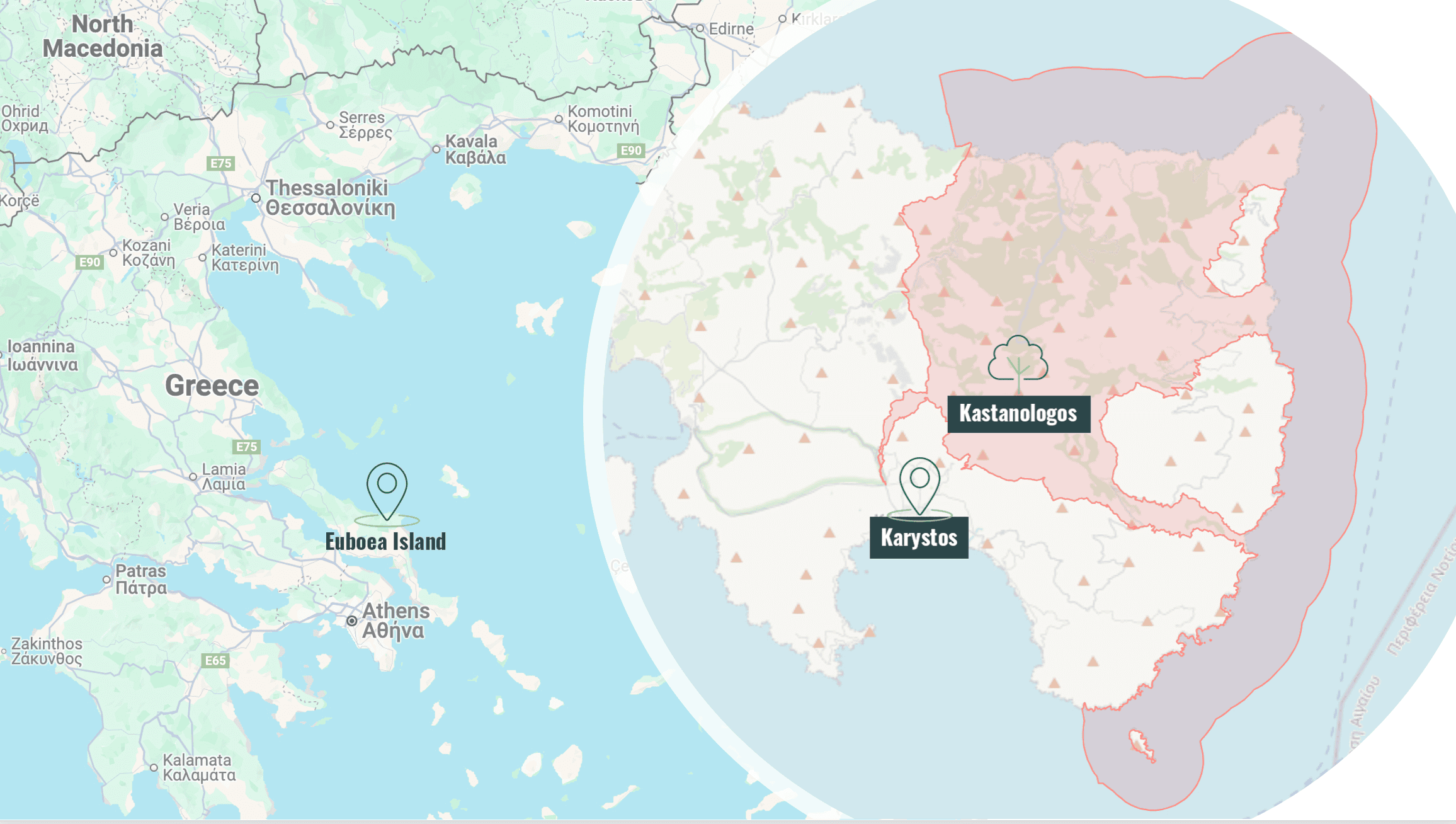
Birth of a scientific project to regenerate the Kastanologos chestnut grove
In the field, Dr Gavriil Spyroglou, the project's scientific manager, is responsible for coordinating and managing the research and work. “We want to develop a sufficient density of chestnut seedlings to enable the sustainable renewal of the Kastanologos forest”, he explains. "At the end of the regeneration period, the forest will have become a bipartite chestnut grove, made up of both stumps (which are valuable habitats for biodiversity) and young chestnut seedlings. We are convinced that the renewed forest will be more resilient in the face of climate change. The project, which aims to support the regeneration of 37,500 trees over 25 hectares by 2027, has both scientific and operational objectives:
- Firstly, an assessment of the state of conservation of the Kastanologos chestnut grove, and a study of the forest's carrying capacity (i.e. the maximum number of animals that a given area can tolerate without irreparable damage to the plant resource or the soil), in order to devise a silvicultural plan including, in particular, the regulation of grazing by domestic livestock;
- On the other hand, silvicultural actions such as fencing off areas to be restored and supporting the natural regeneration of chestnut trees. As the chestnut tree is a species that can reproduce both sexually (by seeds from mature trees that have fallen to the ground) and asexually (from shoots that grow back naturally on the stumps), various actions will be implemented, such as planting campaigns using locally harvested seeds and cutting down dying chestnut trees to stimulate the appearance of new shoots.
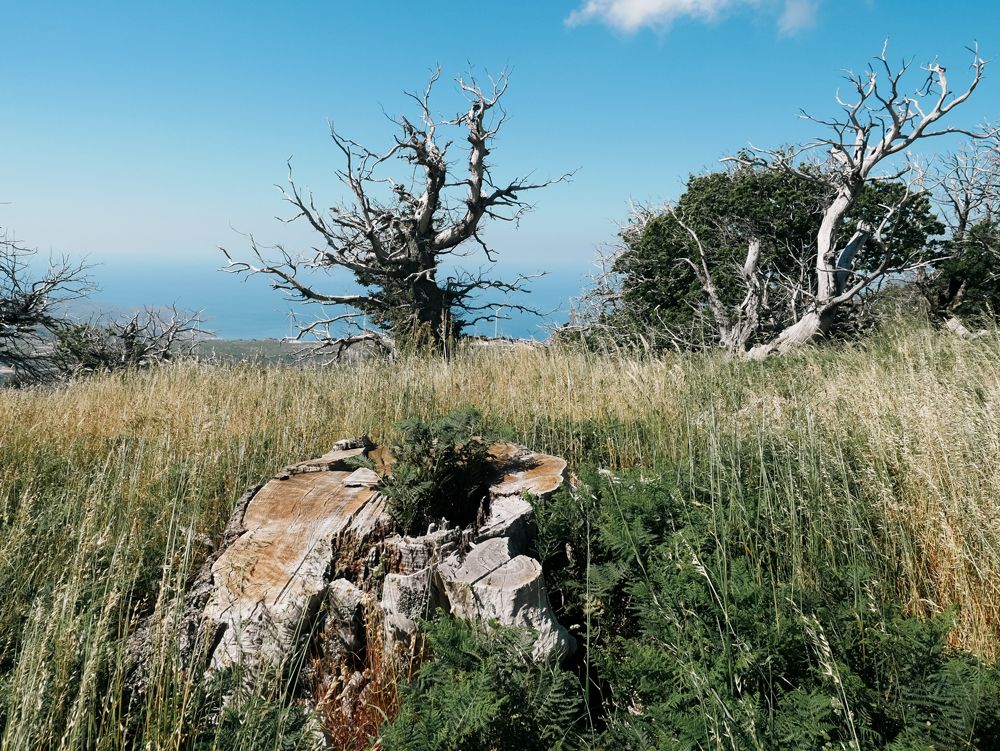
A project design adapted to local conditions
Modifying grazing practices to better respect the ecosystem
Grazing directly or indirectly influences the growth, survival and reproduction of plant species, and is therefore an important factor in determining the evolution of ecological succession, i.e. the natural process by which an ecosystem evolves and develops. While moderate grazing intensity generally promotes plant community diversity by reducing the competitiveness of dominant plant species, overgrazing causes profound changes in ecosystem composition and structure, leading in particular to reduced plant populations and livestock performance.
Traditionally used as grazing land for 4 to 6 months a year by 3 herds of goats and 2 herds of sheep belonging to local breeders (i.e. around 750 herbivores), the Kastanologos forest is suffering from this use, which far exceeds its carrying capacity.
In order to gradually change grazing practices within the chestnut grove, grazing zones have been delimited, taking into account both the animals' food requirements and the need to protect certain areas to allow the forest to regenerate. These boundaries will evolve over the course of the project, with ongoing monitoring of the spatial and temporal distribution of livestock and grazing intensity, in order to identify areas of the forest that are under- or over-used by the herds. During the period when certain forest areas are fenced off, the herds will be provided with supplementary feed.
The livestock can then be reintroduced when the young trees have reached a sufficient height not to be consumed. This reintroduction will have to be carried out in reasonable quantities: the carrying capacity of Kastanologos has thus been estimated at 678 small herbivores per month, which is much lower than the carrying capacity prior to the implementation of the restoration project.
Thanks to this methodological approach, it will be possible to provide guidelines for sustainable grazing management, respectful of biodiversity and guaranteeing the stability of the restored forest ecosystem. Field checks and data collection will be carried out regularly to document this process and make it replicable in other European chestnut groves, with the aim of restoring and conserving these precious forests while supporting the sustainable development of traditional livestock farming.

Supporting the regeneration and expansion of chestnut groves
Chestnut is a species capable of sprouting after being cut, whatever the diameter or age of the tree. This asexual, (or vegetative) reproduction enables the formation of clones with the same genetic heritage as the mother plant. Within Kastanologos, a 10-hectare experimental plot will be set up in which dead chestnut trees are gradually felled in accordance with the regeneration plan. The wood resulting from the felling operations, if it cannot be supplied to local residents, will be chipped and scattered on the forest floor for faster decomposition and nutrient recycling. Five dead or dying chestnut trees per hectare will be left to provide habitat and maintain the forest's high level of biodiversity. The gradual felling of dead trees within the plot will not only free existing seedlings from the shade of the mother forest, and create new ones where none existed before, but also allow new shoots to germinate from the stumps.
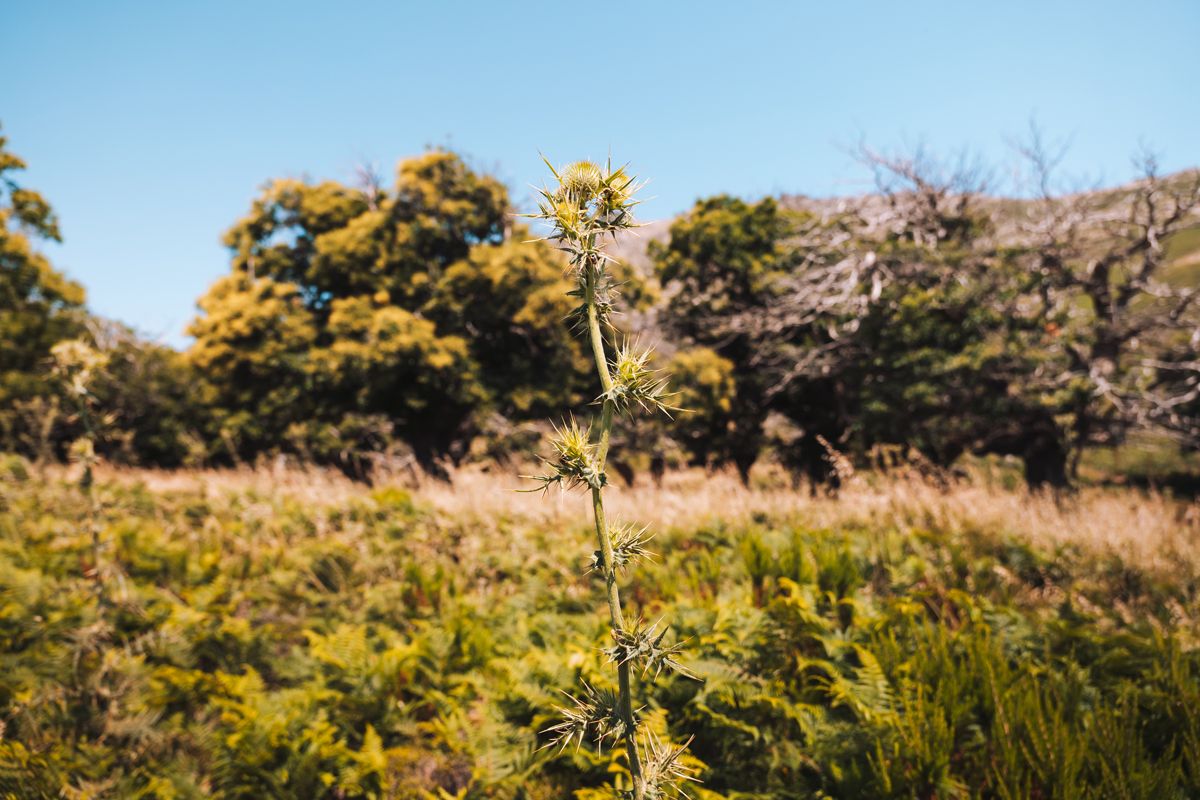
At the same time, a 5-hectare plot will be attached to the existing chestnut grove and fenced off to sow seeds and plant chestnut seedlings derived from the sexual reproduction of Kastanologos living trees. Trees will also be planted in another 10-hectare plot, in the interstices between the forest's living chestnut trees.
All these young trees will be protected by a protocol of silvicultural interventions that will guarantee the establishment of perennial natural regeneration and the healthy growth of the new forest. To diversify the stand and optimize its resilience to hazards and climate change, emphasis will also be placed on developing 4 other tree species whose natural regeneration has been noted in the chestnut grove: hawthorn, scrub oak, holm oak and juniper.
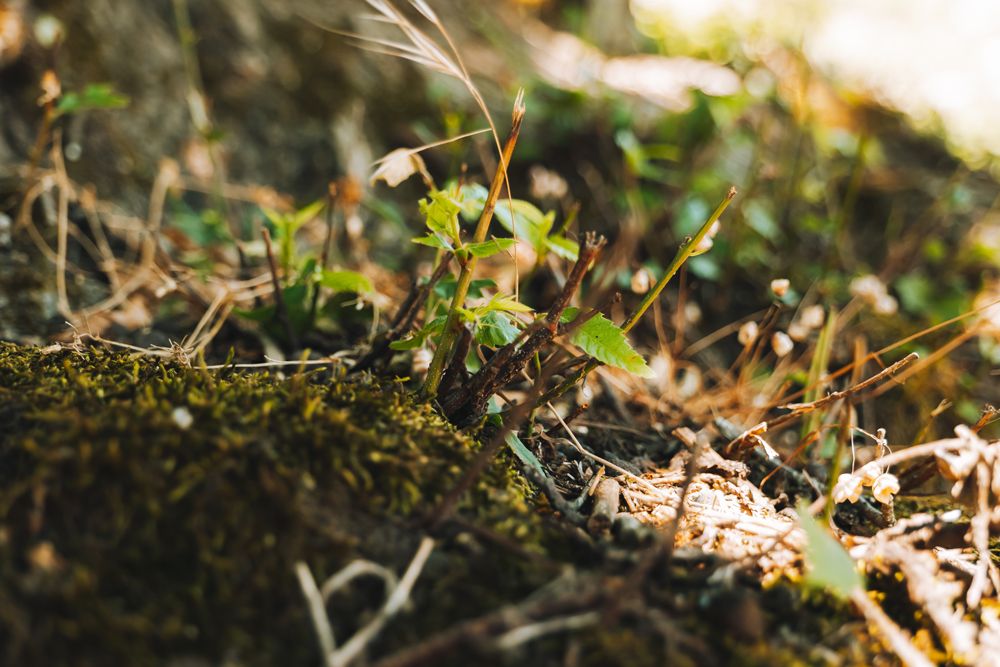
Setting up a weather station to help manage the project
In parallel with the forestry project, the installation of a local weather station is planned to support the management of silvicultural activities. The station will comprise wind speed and direction sensors, an air temperature sensor, a rain gauge, a total solar radiation sensor, a soil temperature and humidity sensor, a data logger, a solar panel, a battery for power supply and a GSM card for telematic data transmission. “We believe that an in situ meteorological station is very important in helping to make decisions about the management of the project and the forest in general,” says Dr. Gavriil Spyroglou. “Indeed, we pay particular attention to the amount and distribution of precipitation, which are key variables for most of the interventions we plan to implement as part of the project between now and 2027.”
Situated at an altitude of 1,000 metres, almost at the summit of Mount Ochi, the Kastanologos forest lies at the level of a climatic buffer zone, influenced by the mountains and subject to temperature and precipitation variations and powerful winds. The meteorological station will provide precise, localized meteorological information, which will help to adapt silvicultural measures for adequate natural regeneration of the chestnut grove. It will also contribute to research into the long-term climate and the effects of climate change on high-altitude forests in general, with a view to developing adaptive management strategies to mitigate these effects and guarantee their long-term survival. Finally, the station will enable the collection of environmental data that are essential for studying the relationship between climate and biodiversity. By understanding the climatic conditions that support specific habitats and species, it will then be possible to assess the potential impacts of climate change on this particular forest ecosystem and develop a sustainable plan for the regeneration and conservation of the Kastanologos chestnut grove.
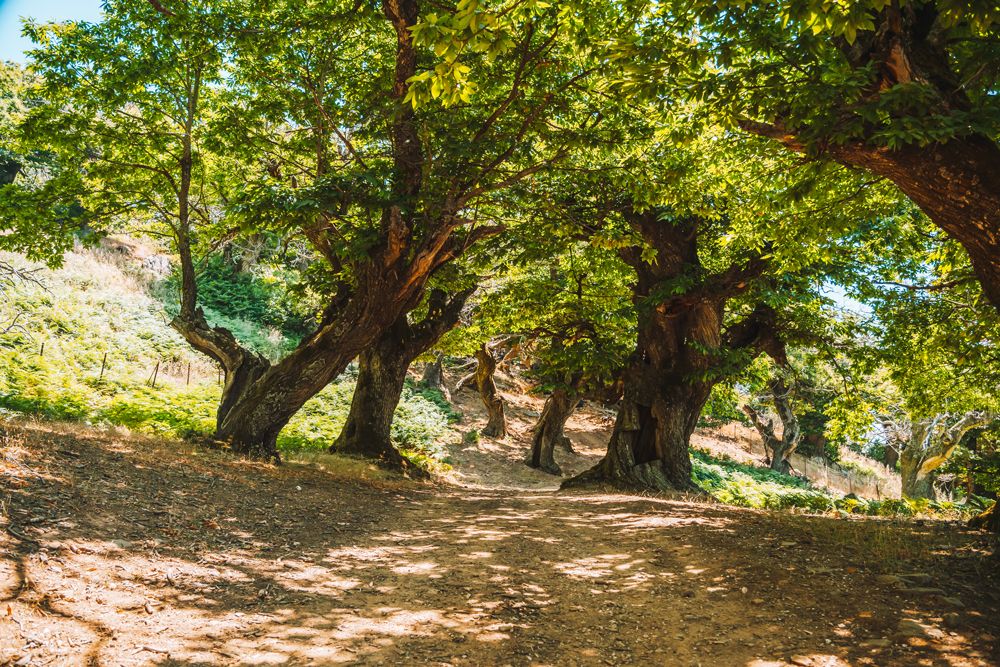
Thanks to its scientific research component, which supports the forestry work carried out to regenerate the Kastanologos chestnut grove, the project meets the need for knowledge and expertise in the regeneration and expansion of European forests. The dissemination of the project's results will thus contribute to the effectiveness of forest management in a context of climate change, and make available tools that can be adapted to the restoration of other mountain forests, and in particular chestnut groves, currently in a critical state in Europe. At Kastanologos, the young forest that will emerge from the regeneration work will be more resilient to hazards and climate change, and will provide new ecological niches for the rich local biodiversity. It will also help maintain economic opportunities in the environmental engineering, crafts, cultural education and ecotourism sectors. By supporting the development of more sustainable farming practices, the project will open up additional employment opportunities for farmers and small family businesses on the island of Euboea. All benefits in line with a multifunctional vision of forests.